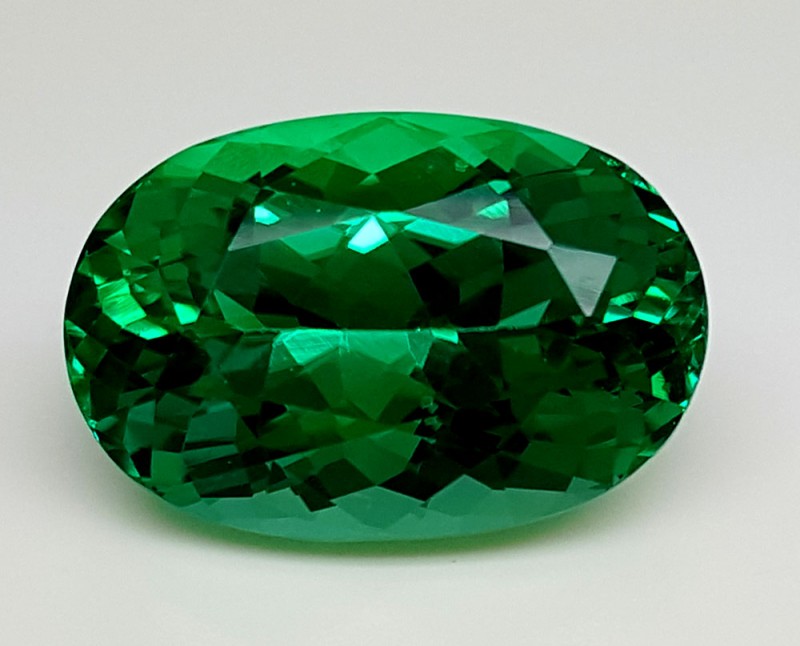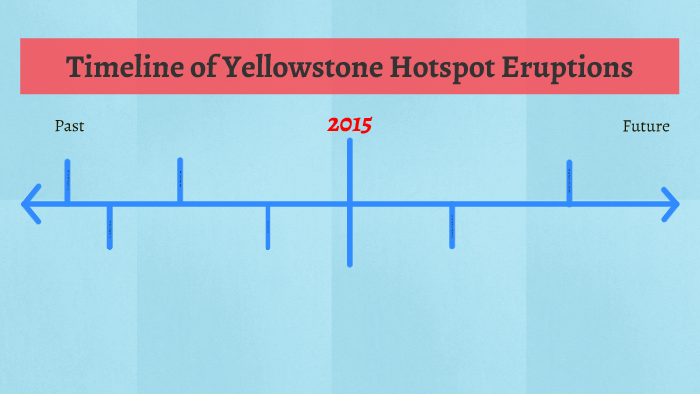Hiddenite Emeralds - Unveiling the Misnomer and Exploring Value

The world of gemstones is filled with captivating colors and intriguing names, often intertwined with historical anecdotes and geological marvels. One such example lies in the term "Hiddenite Emerald," a misnomer that has persisted despite its inaccuracy. While evocative, this label can lead to misconceptions about the gemstone's true nature and value.
Unraveling the Misnomer: Hiddenite vs. Emerald
The confusion stems from the visual similarity between green Hiddenite and Emerald, both displaying vibrant green hues. However, their resemblance is purely superficial. Emeralds belong to the beryl mineral family, with their green color attributed to trace amounts of chromium and sometimes vanadium. On the other hand, Hiddenite is a rare green variety of spodumene, a lithium aluminum silicate mineral.
The name "Hiddenite" itself has an intriguing backstory. It was discovered in 1879 in Alexander County, North Carolina, USA, and named after William Earl Hidden, a prominent mineralogist of the time. This discovery marked the first time spodumene was found in a green hue, adding to its allure and value.
Factors Influencing Hiddenite Value in 2024
Similar to other gemstones, several factors contribute to the value of Hiddenite in today's market:
Color: The Essence of Allure
Color reigns supreme when assessing Hiddenite's value. The most sought-after stones exhibit a vivid, intense green reminiscent of fine Emeralds. This vibrant hue results from the presence of chromium within the crystal structure. Stones with yellowish-green or brownish-green tones are less desirable and consequently less valuable.
Clarity: Assessing the Stone's Purity
Clarity plays a crucial role in determining a gemstone's brilliance and overall appeal. While flawless Hiddenite is exceptionally rare, stones with minimal inclusions are highly prized. Inclusions, often referred to as "gardens" within the gem, can affect transparency and light reflection, impacting its visual appeal.
Carat Weight: Size Matters
As with most gemstones, larger Hiddenite crystals are rarer than smaller ones. Therefore, carat weight directly influences the stone's value. Larger, high-quality Hiddenite stones command significantly higher prices due to their scarcity.
Cut: Enhancing Brilliance and Fire
A well-cut Hiddenite maximizes its brilliance and fire, enhancing its natural beauty. Skilled gem cutters carefully shape and facet the stone to optimize light reflection and refraction, resulting in a more vibrant and dazzling gem.
Market Trends and Price Range in 2024
The demand for colored gemstones, including Hiddenite, remains strong in 2024. This demand is driven by collectors and jewelry enthusiasts seeking unique and vibrant alternatives to traditional gemstones.
While precise pricing can vary depending on the factors mentioned above, a general price range for Hiddenite in 2024 is as follows:
- Smaller stones (under 1 carat) with good color: $50 - $200 per carat
- Larger stones (1-5 carats) with excellent color and clarity: $200 - $1000 per carat
- Exceptional stones (over 5 carats) with top-tier color, clarity, and cut: $1000+ per carat
Conclusion: Appreciating Hiddenite's Unique Beauty
While the term "Hiddenite Emerald" might be a misnomer, it inadvertently highlights the captivating allure of this rare green gemstone. Hiddenite stands apart with its vibrant green hues, historical significance, and increasing popularity among gem enthusiasts. Understanding the factors that influence its value allows collectors and buyers to appreciate the uniqueness and beauty that Hiddenite brings to the world of gemstones.

















Comments ()